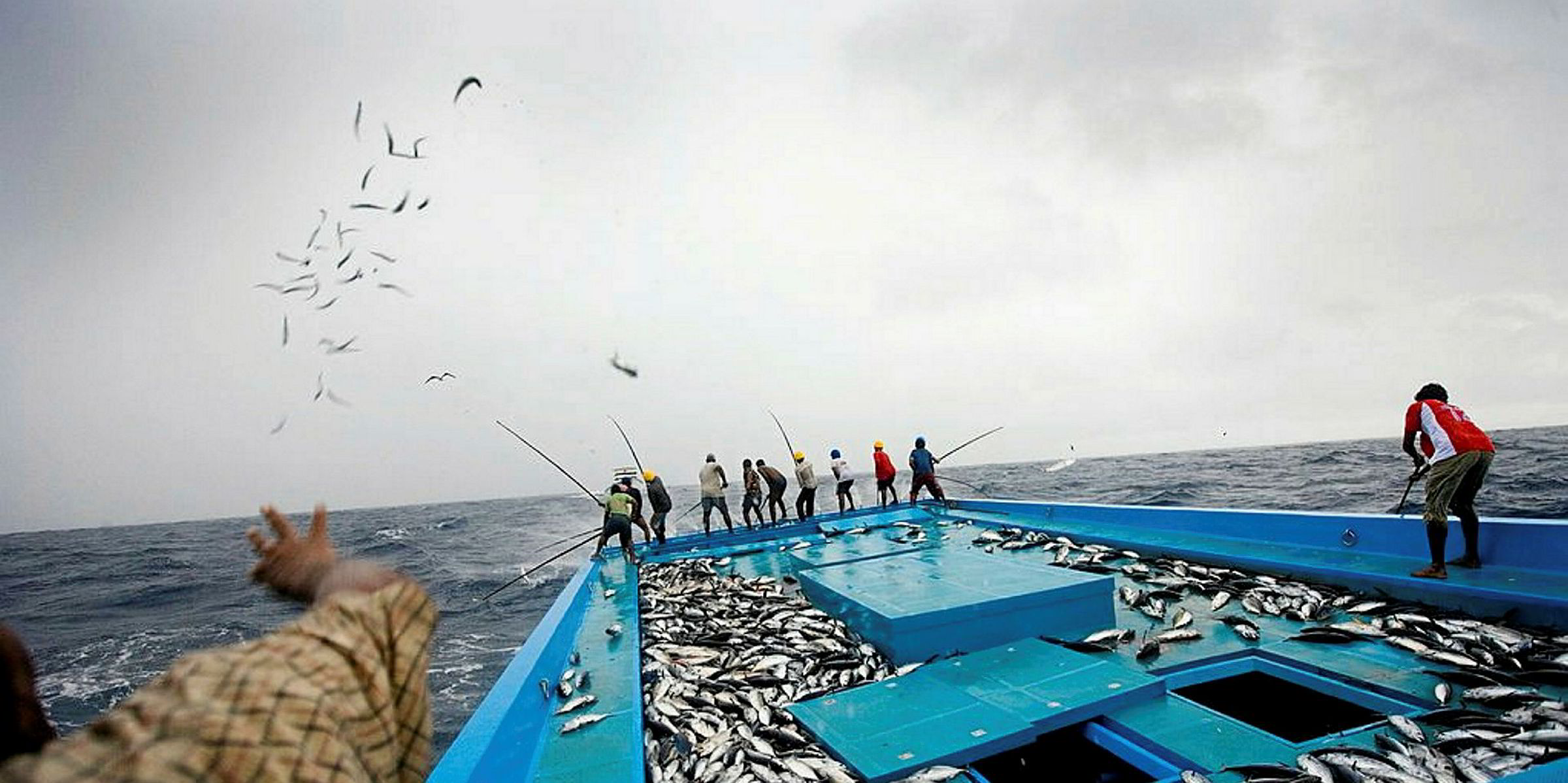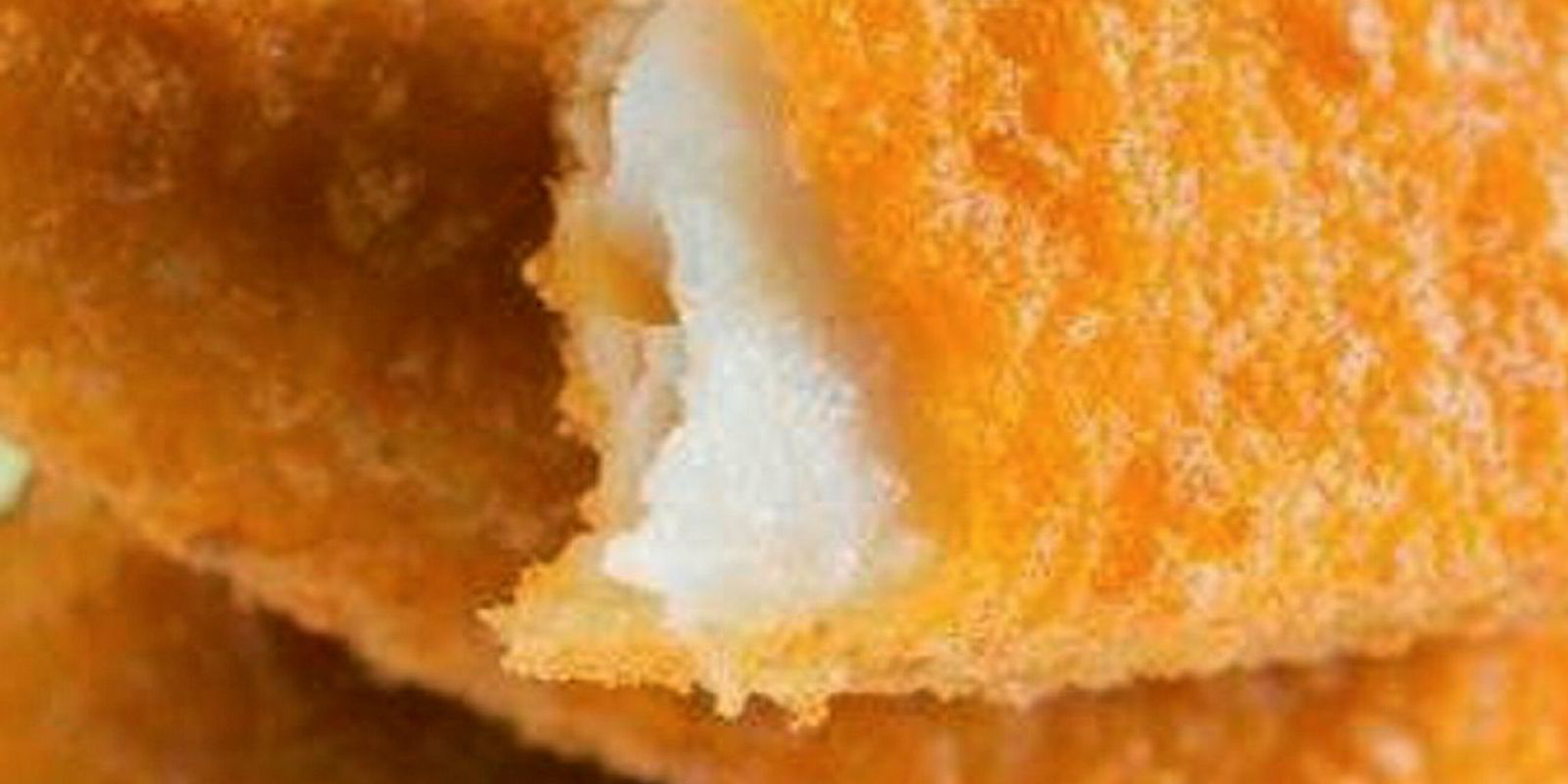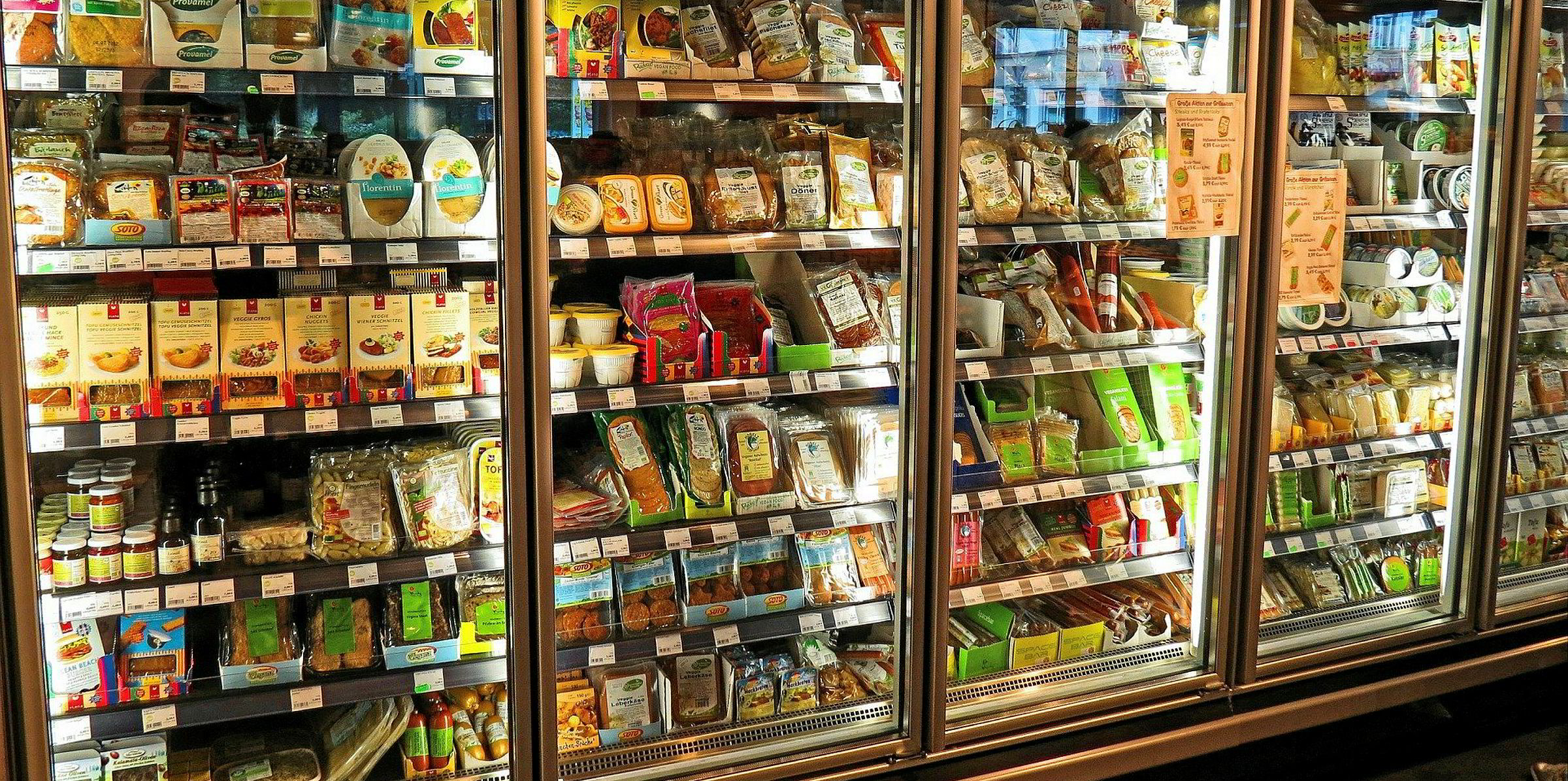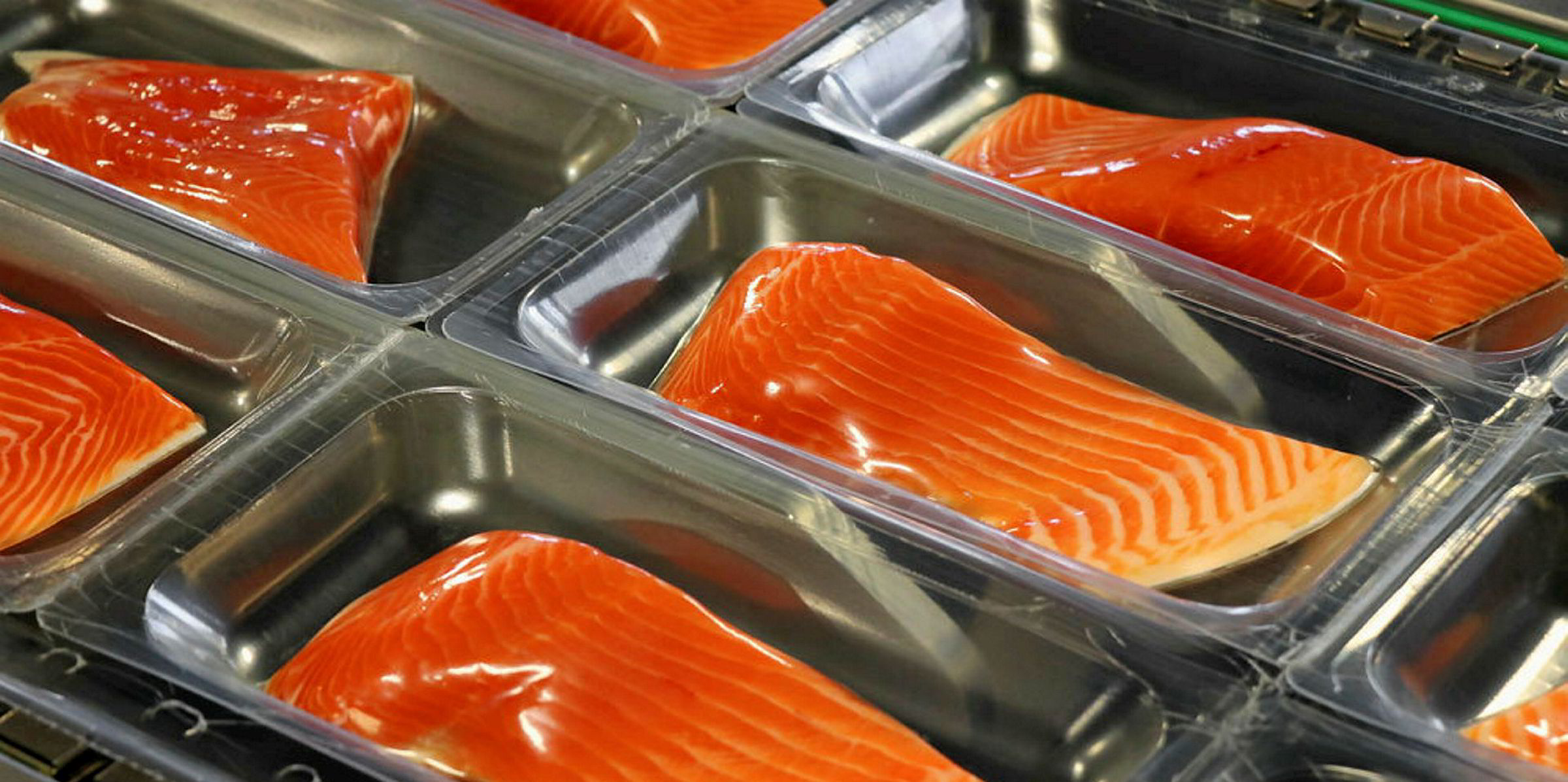German seafood brand followfish, owned by supplier followfood, has invested heavily in a carbon-neutral fish product it plans to launch in the coming months as part of a company-wide target to become carbon-neutral by 2021.
Followfish's entire range is certified organic or sustainable, and the new target is the next step in the company's big vision, Managing Director Jurg Knoll told IntraFish.
"To our knowledge, this is going to be the first," Knoll said.
"One big retailer called me just yesterday and he said it’s exactly what they need. We feel very supported by the big retailers."
The investment cost roughly 25 percent of the company's earnings from the last year, he added, but he is confident because growth showed a solid 20 percent increase.
"These are investments we can afford to do as a private company, but at the end of the day, we hope we will get a premium price," Knoll said.
"We are very positive that this investment will be the right one, also from an economical point of view. We know that consumers want this."
Followfish is currently open to expanding outside the German market, and it is currently in talks with retailers from Scandinavia and Europe.
The shift to carbon-neutral
The new product is going to be made from skipjack tuna, sourced from a pole-and-line fishery in Maldives that the company has an ongoing relationship with.
As part of the carbon-neutrality initiative, followfish has upped its participation with non-profit organization Myclimate for tree planting. The company has partnered with Myclimate since 2016.
Knoll also said followfish is currently working on becoming a co-investor for a sonar energy company.
"Our aim is to save 1 million liters worth of petrol by switching to solar panels in the Maldives," he said.
Packaging is another concern, which is being addressed by a change of supplier and packaging material. Followfish will be making the move to paper, as well as reducing the use of color in its packaging.
"The normal color that is in packaging is very bad for the recycling process," Knoll said. "After we make the switch, it will be fully recyclable."




